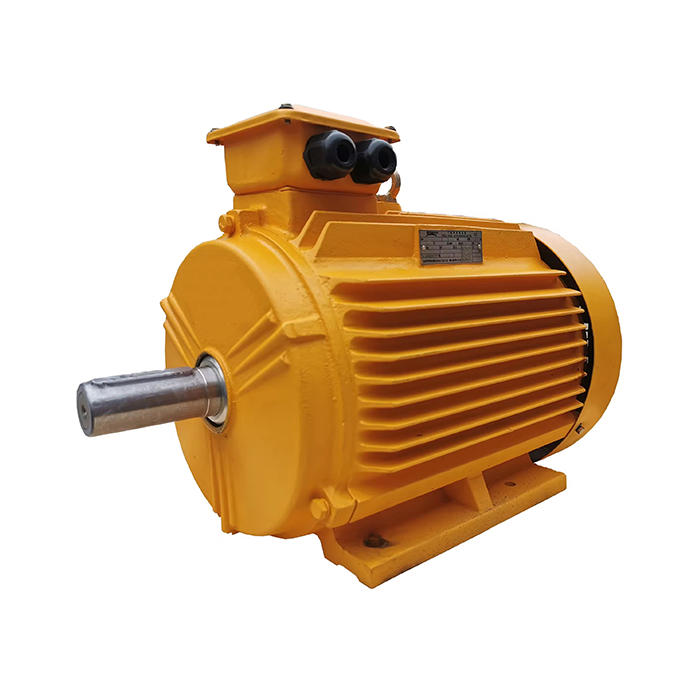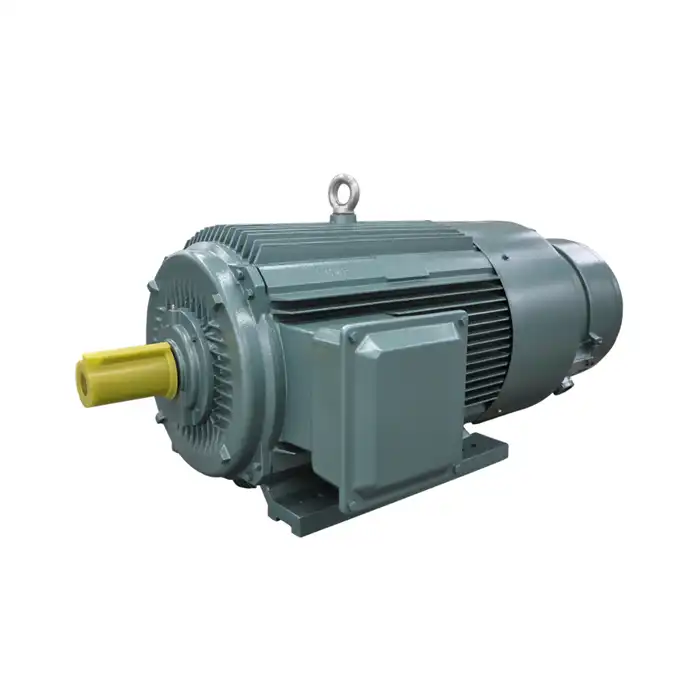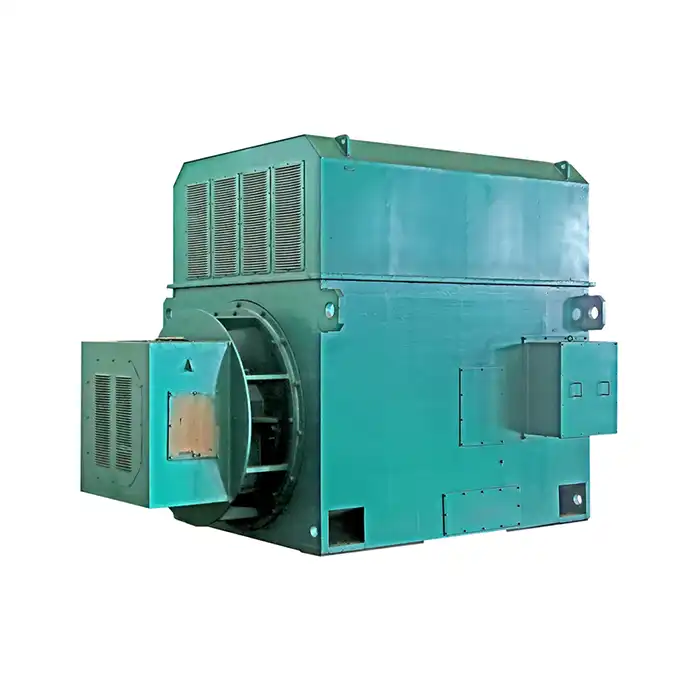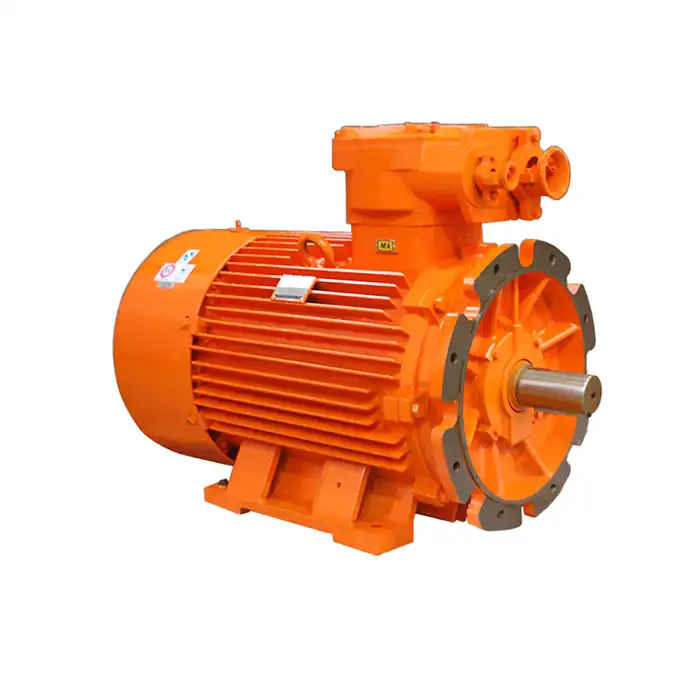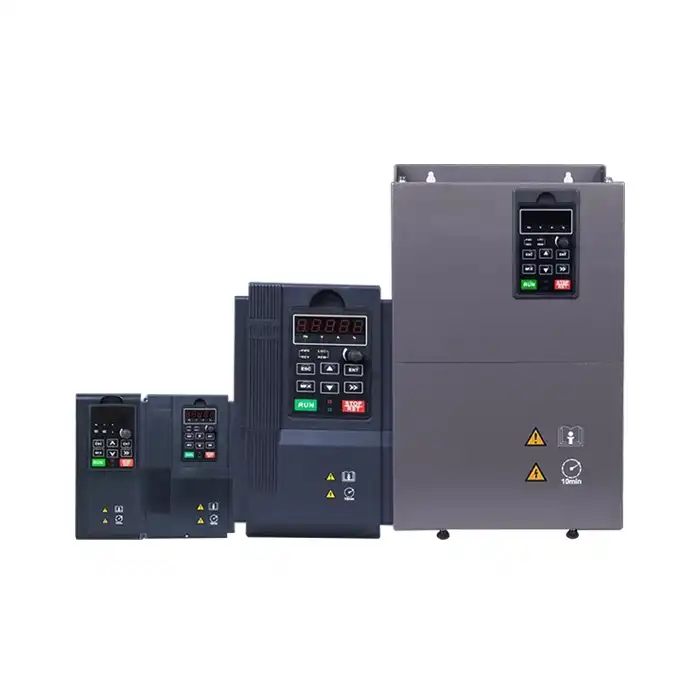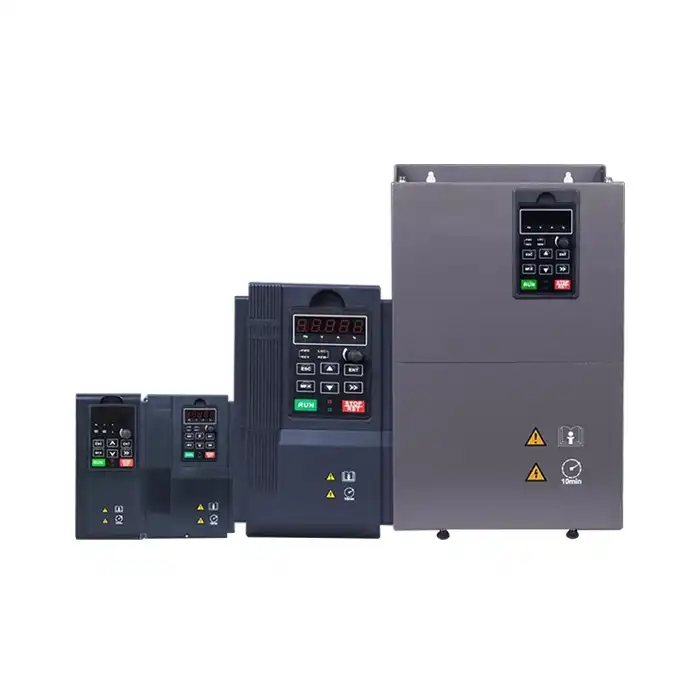Managing heat in underground mining motors is a pivotal aspect of maintaining operational efficiency and motor longevity. These motors, serving in constrained and harsh environments such as dusty, humid, and vibration-heavy underground mines, generate significant heat during operation. Effective heat management ensures motors operate within safe temperature limits, averting issues like insulation breakdown, bearing failure, and performance degradation. Technologies such as advanced cooling methods, durable insulation, and moisture-resistant coatings collectively play roles in efficiently dissipating heat, securing reliability even under the most demanding conditions.
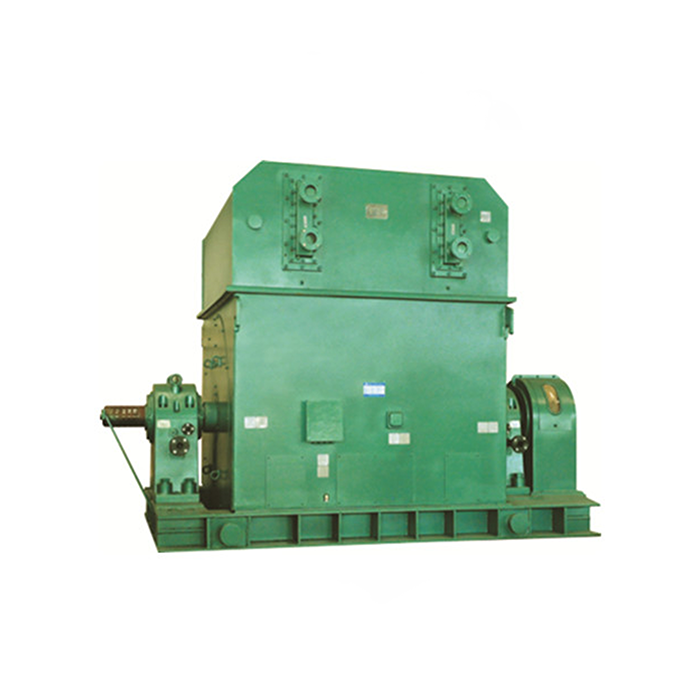
Series:T
Voltage range:3000V±5%,3300V±5%,6000V±5%,6600V±5%,10000V±5%,
Power range:800-12000 kW
Application:fans, water pumps, compressors.
Advantage:large starting torque.
Others: SKF, NSK, FAG bearings can be replaced according to customer requirements.
The Role of Heat Regulation in Mining Motor Durability and Efficiency
Heat management in mining motors involves various techniques and systems designed to keep critical components from overheating amid continuous heavy-duty operation. It is integral not only to prevent thermal damage but also to sustain motor efficiency and reduce operational downtime. In underground mining, where ambient temperatures often fluctuate and airflow may be limited, motor heat dissipation becomes even more challenging. Crafting motors with specialized cooling designs, robust insulation classes, and moisture protection forms the backbone of effective heat regulation.
By controlling temperature rise within precise limits—commonly within Class B temperature rise (up to 130°C)—motors can maintain their structural integrity and functionality. Such control lowers the risk of frequent breakdowns, which can be costly and hazardous in mining environments. Below is a simplified conceptual model illustrating heat flow within a typical mining motor:
- Heat generation arises primarily from electrical losses in windings and friction in bearings.
- The motor frame acts as a heat sink, transferring thermal energy to the surrounding environment.
- Cooling mediums, such as air or liquid, aid in accelerating heat dissipation away from critical components.
Ensuring efficient heat flow paths and minimizing hotspots is essential for the durability and performance of these motors.
Heat Management innovative Techniques of Mining Motors
Technological advancements have introduced sophisticated cooling systems that significantly enhance heat management efficiency in mining motors. Popular solutions include:
- Air Cooling (IC01 Method): Utilizes ambient airflow around the motor frame for heat dissipation. While simple and cost-effective, performance depends on mine ventilation quality.
- Liquid Cooling Systems: Involve circulating liquids such as oil or water-glycol mixtures through motor jackets. This method ensures uniform temperature control, markedly reducing hot spots and temperature gradients.
- Hybrid Cooling Solutions: Combine air and liquid cooling for areas with restricted space or higher power densities.
A case study involving the implementation of liquid cooling in high-power underground mining motors demonstrated a 25% reduction in operating temperature, which translated to extended motor life and fewer thermal-related failures.
Mining Motor Efficiency and Heat Management
Heat is a critical factor impacting the efficiency of mining motors. Excess heat accelerates insulation aging, increases electrical resistance, and heightens bearing wear, collectively degrading performance. Maintaining optimal thermal conditions improves power factor—our motors boast a power factor ≥0.85—promotes energy savings, and ensures continuous, reliable output.
Performance data reflects that well-regulated thermal environments allow mining motors to sustain their rated power outputs of 800 to 12000 kW efficiently across a voltage range of 3000V±5%, 3300V±5%, 6000V±5%, 6600V±5%, to 10000V±5%. Motors engineered with moisture-resistant windings and reinforced SKF, NSK, or FAG bearings demonstrate superior reliability in temperature control and mechanical endurance.
Charts plotting motor efficiency against temperature rise typically indicate a steep efficiency drop beyond Class B temperature limits. Implementing effective heat management techniques counteracts this loss, ensuring optimal energy utilization and reducing operational costs.
Safety Guidelines for Heat Management in Mining Motors
Safety Standards and Regulations
Mining motors must comply with stringent safety standards to minimize risks associated with overheating. Key regulations include:
- IEC Ex Certification, ensuring motors are safe for explosive atmospheres prevalent in mining operations.
- ISO 9001:2015 Quality Management for consistent production and technical standards.
- China Compulsory Certification (CCC) for product safety and quality assurance.
Adhering to these standards ensures not only legal compliance but also promotes a safe working environment, preventing heat-induced hazards such as motor fires or mechanical failures.
Common Safety Practices
Regular operational checks and scheduled maintenance are essential safety practices. Monitoring bearing temperatures, insulation resistance, and cooling system performance prevents undetected heat accumulation. Emergency protocols should include quick motor shutdown procedures in the event of abnormal temperature rises. Employing predictive maintenance tools like thermal imaging enables early detection of hotspots, reducing the risk of unexpected downtime and accidents.
Troubleshooting Heat Issues in Mining Motors
Addressing excessive heat generation promptly mitigates damage and downtime. Common heat-related issues include:
- Poor Ventilation: Insufficient airflow restricts heat dissipation. Solutions involve enhancing mine ventilation or upgrading cooling systems.
- Faulty Bearings: Bearing wear increases frictional heat. Replacing bearings with high-quality SKF, NSK, or FAG models can resolve this.
- Electrical Faults: Short-circuiting or insulation defects cause localized overheating. Routine electrical inspections help identify such faults early.
A diagnostic checklist facilitates swift resolution:
- Inspect temperature sensors and verify accuracy.
- Examine cooling system functionality and airflow.
- Check insulation resistance and winding continuity.
- Assess bearing condition for wear or lubrication issues.
Following this systematic approach reduces unplanned outages and maximizes motor uptime.
Company Introduction and Product Services
At Shaanxi Qihe Xicheng Electromechanical Equipment Co.,Ltd., we specialize in providing robust mining motors engineered for underground mining's toughest conditions. Our motors offer power ranges from 800 to 12000 kW and operate across voltages between 3000V±5% and 10000V±5%, tailored to fans, water pumps, and compressors. Featuring rugged cast iron frames, advanced IC01 cooling, insulation Class F, and moisture-resistant windings, our products assure durability and exceptional heat management.
Every motor passes meticulous testing, including precise rotor balancing via state-of-the-art CNC machinery, guaranteeing vibration-free, high-efficiency operation. Reinforced bearings from SKF, NSK, or FAG can be adapted per customer requirements. We commit to delivering power equipment solutions with high energy efficiency, reliable operation, and dedicated technical support—even on weekends. Our commitment ensures your mining operations stay productive and safe.
Conclusion
Effective heat management in underground mining motors is fundamental for ensuring durability, safety, and high efficiency. By integrating proper cooling techniques, selecting suitable motor types, and maintaining strict safety standards, mining operations can achieve enhanced productivity and reduced maintenance costs. Our mining motors from Shaanxi Qihe Xicheng Electromechanical Equipment Co.,Ltd. embody these principles through precision engineering, robust construction, and advanced cooling solutions designed to thrive in demanding underground environments.
These advantages can effectively solve thermal reliability and performance challenges, helping your mining equipment achieve its full potential while minimizing risks associated with heat buildup.
Frequently Asked Questions
Q1: What are the common causes of overheating in mining motors?
A: Overheating often results from poor ventilation, bearing wear, electrical faults such as insulation failure or winding shorts, and ineffective cooling systems. Environmental factors like high ambient temperature and moisture also contribute.
Q2: How can I improve the heat management system of my mining motor?
A: Enhance airflow around the motor, maintain cooling systems regularly, replace worn bearings with quality brands such as SKF or NSK, and apply moisture-resistant coatings. Consider upgrading to liquid cooling if operational conditions demand it.
Q3: What are the benefits of using liquid cooling systems in mining motors?
A: Liquid cooling offers superior heat dissipation, provides uniform temperature management, reduces hotspots, and extends motor lifespan. It ensures continuous high-power operation in environments where air cooling is insufficient.
Where to Buy mining motor
XCMOTOR offers premium-quality mining motors designed specifically for harsh underground conditions. As a trusted mining motor supplier, we ensure that our products meet the highest standards for reliability and performance. With a comprehensive product range and customizable options—such as voltage from 3000V±5% up to 10000V±5%, and power ratings between 800 and 12000 kW—our motors are ideal for fans, water pumps, and compressors demanding large starting torque and reliable operation.
Anyone interested in learning more or requesting a quote for efficient, durable mining motors can contact us at xcmotors@163.com. We are committed to providing prompt and professional support for all your power equipment needs.
References
- Electric Motor Thermal Management in Mining Applications, IEEE Transactions on Industry Applications.
- Cooling System Design for High-Power Industrial Motors, Journal of Mechanical Engineering Science.
- IEC Standards on Electrical Equipment in Explosive Atmospheres, International Electrotechnical Commission.
- Insulation and Bearing Protection Techniques for Mining Motors, Mining Engineering Journal.
- Energy Efficiency Improvements Through Motor Heat Management, Energy Policy Review.
- Advances in Liquid Cooling Technologies for Industrial Machinery, Applied Thermal Engineering Reports.




